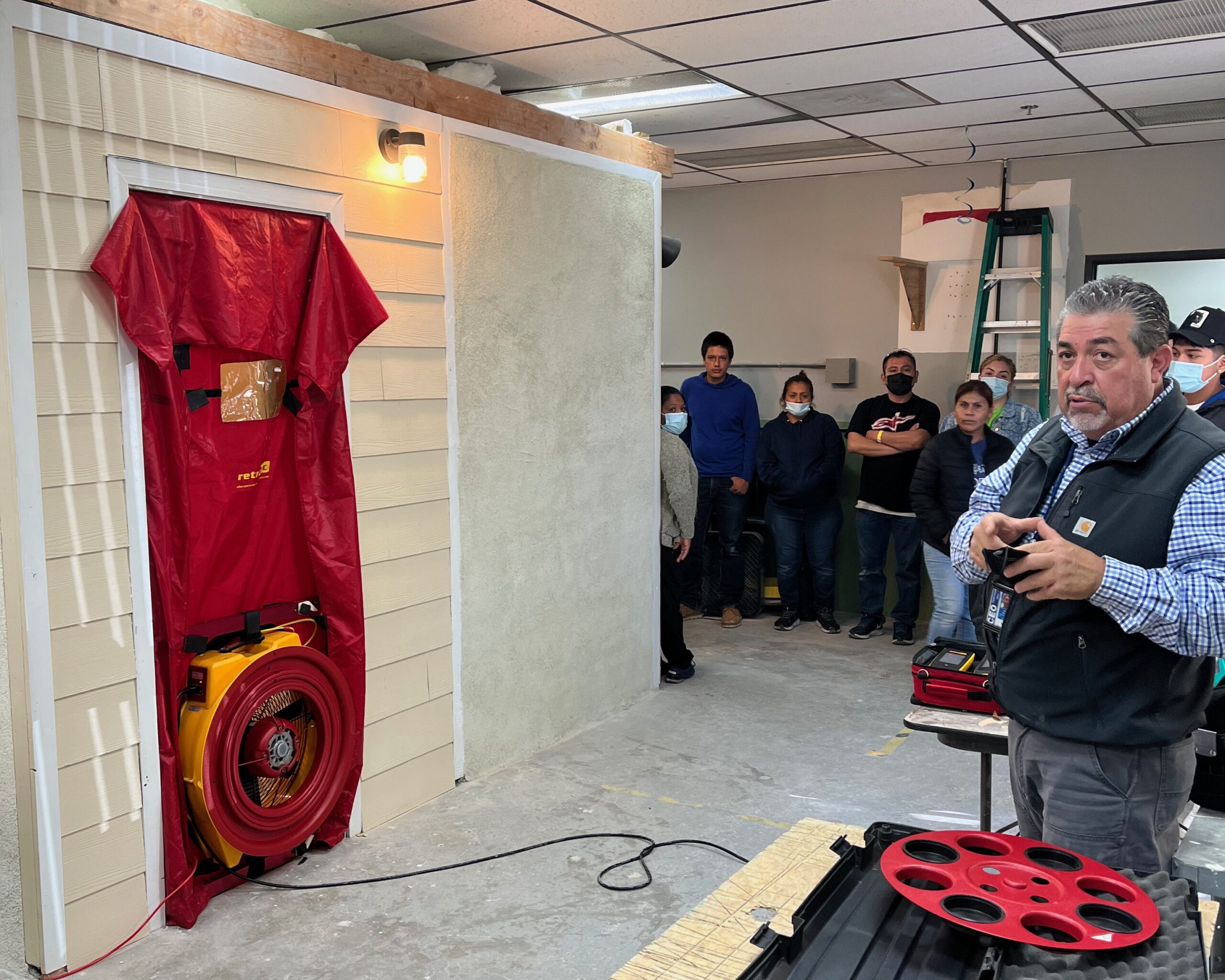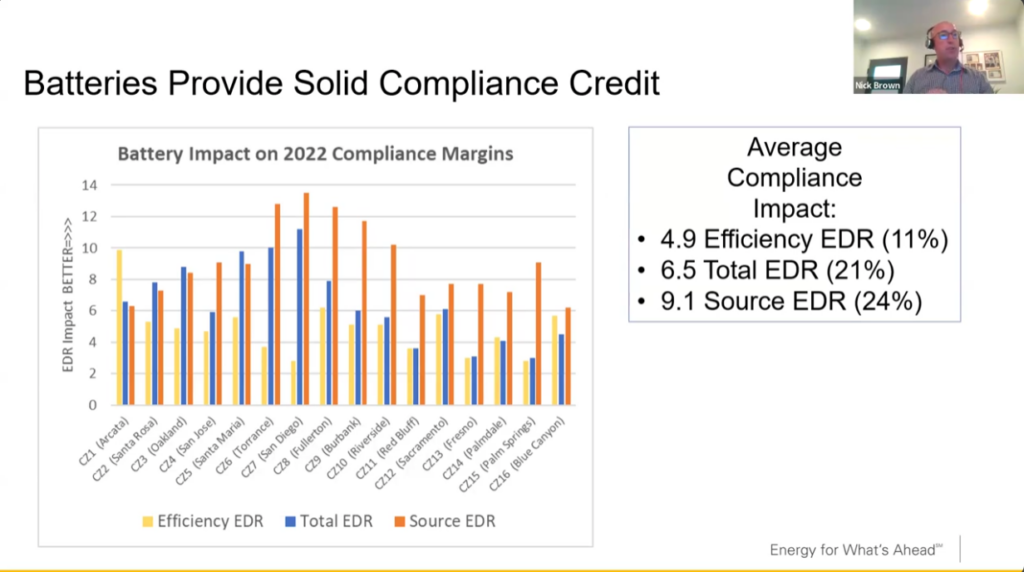Building the Future: Electrification Strategies for Contractors and Architects

Electrification is now the leading option for new buildings and major retrofit projects in California. 70+ municipalities have policies to phase out gas appliances and the state aims to have 6 million heat pumps installed by 2030. This will require a major paradigm shift in the way builders, architects, and related professionals approach the market. It also presents a giant opportunity to frame yourself or your business as an electrification expert. In this session, Electrify My Home will discuss this transition and the related business opportunity for specifying and installing well-designed all-electric buildings.
CalCERTS is closing, what does it mean?

The CalCERTS Registry will remain accessible to registered users and building departments for document downloads until September 1, 2024. However, no new registrations will be issued by CalCERTS (effective August 2, 2024).
Energy Code Implementation: Non-Residential

Since the energy code update took effect in January 2023, the industry is adjusting to design, detailing and construction to meet compliance. In this series, we’ll review the code requirements with a focus on what to include in construction documents to streamline the permitting process and tips for construction to ease signoffs and occupancy.
Carbon Reduction Through Electrification Part 2: Heat Pumps – All Electric Design and Construction Series

On the path to Zero Net Carbon Design, building electrification is the key to reducing operational carbon. In this course, we’ll share the nuts and bolts of incorporating all-electric systems into residential and small commercial projects, including tips for implementation as well as client communication. We’ll provide straight-forward information on current systems and technologies plus a look ahead at what’s emerging in the market.
Beyond Energy: Using Passive House Standards To Boost Resilience Of California’s Built Environment

The State of California has ambitious goals to decarbonize its economy in the near future. However, when it comes to building efficiency, even the latest version of Title 24 focuses on mechanical systems and renewable energy sources rather than prioritizing the quality of the buildings themselves.
This presentation illustrates the advantages of adopting Passive House standards for building and renovating structures in a resilient and energy-efficient manner, even in California’s mild climate conditions.
Case studies are used to demonstrate the balancing act involved in decisions such as determining insulation levels, selecting coatings for glass to balance daylight transmission and solar heat control, and addressing other aspects critical to creating healthy, comfortable, and durable buildings.”
Introduction to Passive House Retrofits

The Passive House Institute developed EnerPHit certification standards to accommodate the realities of existing old buildings, where foundations, party lines, historic preservation, cost, and other factors make a typical Passive House certification impractical.
Zoning for Heat Pumps – Strategies for Best Outcomes

Zone control is a popular strategy for addressing different climate zones in a home. Many customers and contractors newer to heat pumps are drawn to multi-split systems that utilize a single outdoor unit to run multiple air handlers, but there can be unintended comfort sacrifices if not done carefully.
Carbon Reduction through Building Electrification – Part 1: All Electric Design & Construction Series

On the path to Zero Net Carbon Design, building electrification is the key to reducing operational carbon. In this course, we’ll share the nuts and bolts of incorporating all-electric systems into residential and small commercial projects, including tips for implementation as well as client communication.
Practical Guide to All-Electric Residential Buildings

The case for building All-Electric is stronger than ever. All-Electric homes are cheaper to build and operate, healthier and more comfortable to live in, and have GHG emissions roughly half that of mixed fuel homes. The 2022 California energy code has accelerated adoption of All-Electric building, and this class will show why electric homes facilitate easier energy code compliance.
2022 CalGreen Codes for Residential and Non-Residential

This course focuses on Title 24, Part 11, the California Green Building Standards. We’ll review background of the code, the logistics of implementation and the specific requirements for residential and non-residential construction.
